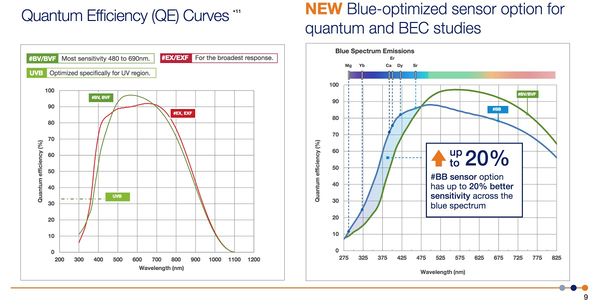01 Feb 2019
From SAAO TOPS Wiki
Combined Sprat/SHOC is way to go.
Working out from Nasmyth:
- "Inside" Nasymyth is autoguider. This can patrol half of the field of view, and will hopefully have a focus mechanism.
- Nasmyth mounting:
- James to provide details of this mounting as used on Wide Field Camera on opposite port.
- 1/4 of the field of view will be for a High Resolution Spectrograph (HRS) fibre feed
- 1/4 of the field of view with be for SPRAT/SHOC
- A cable wrap (copy of that on opposite port) will be provided. James to provide details.
- There is possibility of pneumatic supply
- Deployable calibration mirror (to feed flat/arc)
- Deployable slit
- Field Lens
- Collimator Lens
- FILTER SLIDES (3). Hopefully <50mm thickness. To house maybe 5 filters each. Note one filter will need to be order blocker (4000-8000 Angstroms) for SPRAT. James to design to fit to an interface in SPRAT.
- Grism Assembly
- Camera Lens and CCD.
General Design Points
- Filter slides need to be in collimated beam to avoid focus shifts
- Try and minimise cables on/off mount. So mount control computer with instrument. Note SHOC software requires GPS feed (serial; currently using serial to USB, Amanda to check latest GPS hardware).
- USB for camera rather than PCI Card
- Use existing SHOC CCD readout (via andor SDK)
- Use existing Apache Thrift infrastructure
- LJMU responsible for all mechanism control, including filter slides
- Use wiki to keep one version of documentation/files etc.
Actions:
- IAS: Check/modify optical design to make space for filter slides
- James: Provide details of mounting plate/wider field camera (STEP File); provide information on cable wrap being used on other port
- Carel: Provide details of SHOC software to Chris Mottram so he can try and built a local copy at LJMU
- Amanda: Look at trade off between deep depletion (higher red QE, higher dark current) and standard EMCCD
Attached image of the QE curves for various Andor iXon 888 CCD options. Our SHOC systems have UVB, to push throughput at shorter wavelengths. The throughput for Lesedi is ~58% @ 320 nm, 87% @ 340 nm, and 96% @ 370-2400 nm. To continue to take advantage of the specialized optics and push the blue-wavelength niche while maintaining high through put in V & R, we think we should stick with UVB.
